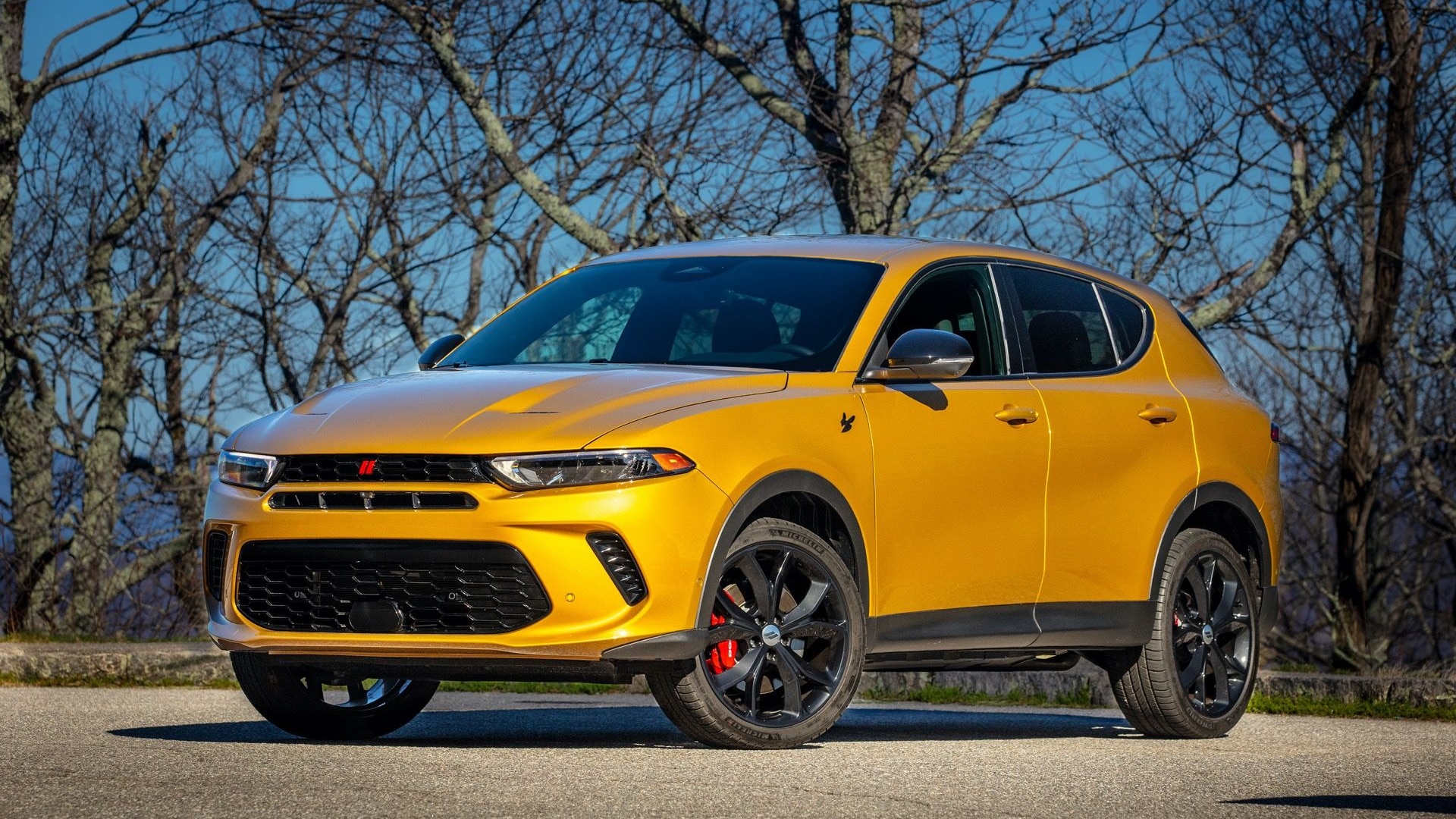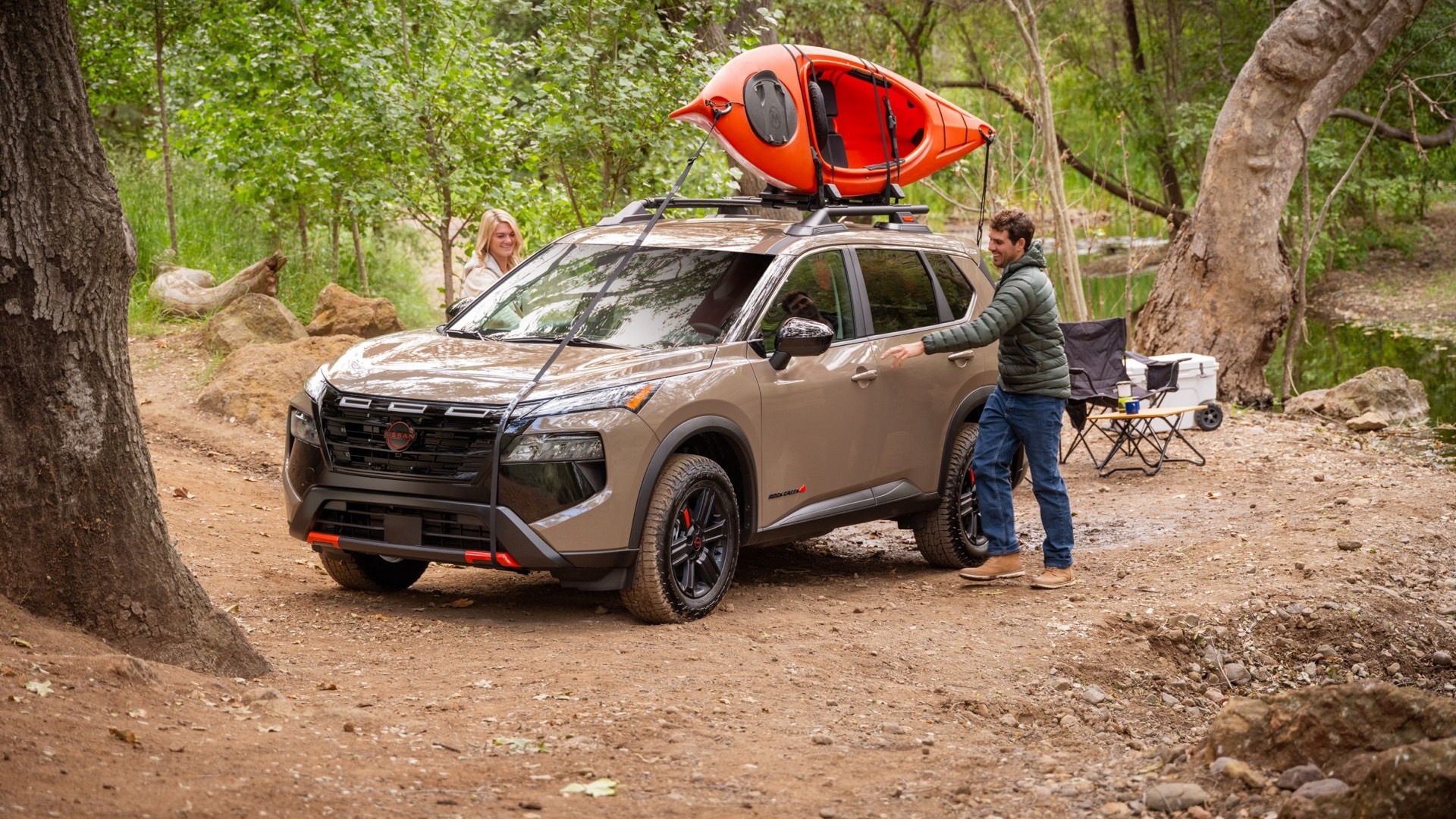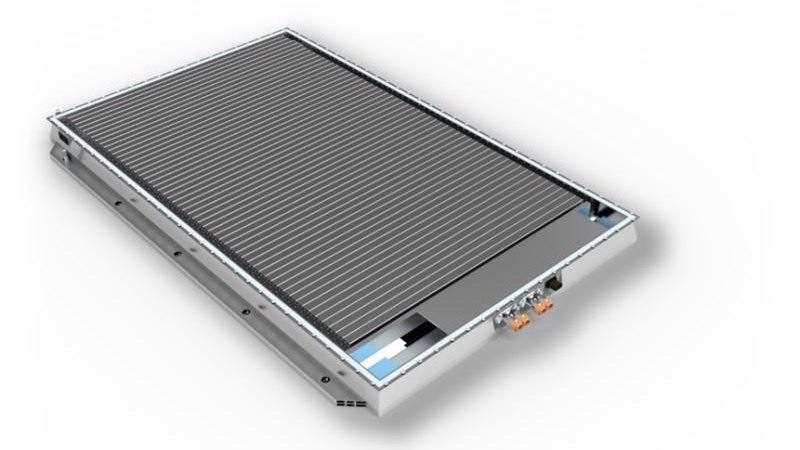Codes, regulations and general standards may not be sexy, but they prevent consumers from buying a product like Beta video casette recorders before VHS becomes the defacto "standard". With the emergence of countless alternative fuel / propulsion vehicles from many different automakers around the world, it is essential that the auto industry begins with comprehensive standards for critical interfaces, especially with equipment not generally sold with the vehicle.
To that end, per the press release linked below, SAE International has announced the release of a standard that provides a standard interface between plug-in hybrid and battery-electric vehicles, and electrical charging systems.
Standard J1772(TM), 'SAE Electric Vehicle Conductive Charge Coupler', spells out the general physical, electrical and performance requirements for the coupler, which consists of a connector and vehicle inlet. The purpose of the standard is to define a common electric-vehicle charging network, thereby reducing costs and increasing convenience for owners of electric vehicles.
Says David L Schutt, chief executive officer of SAE International: “I applaud the work of the industry leaders from around the world who developed this standard, helping to ensure that today's and tomorrow's vehicles are ready to meet the needs of the consumer and the marketplace, and helping to positively shape the future of transportation."
SAE International is a leading standards organisation identified in the NIST Framework and Roadmap for Smart Grid Interoperability Standards for Interoperability Standards to Support Plug-In Electric Vehicles and as collaborators for Energy Storage Interconnection guidelines.
Adds Gery Kissel, chair of the SAE Hybrid Task Force: "By standardising, you're reducing costs and allowing everyone to use the same connector. All of the charging equipment you would pull up to in public would have identical connectors, so any vehicle could use one. It will be a consistent, reliable interface."
In the process of SAE J1772(TM) development, a production tooled coupler has passed testing by Underwriters Laboratories for safety and durability.
The SAE J1772(TM) standard was developed by the SAE Hybrid J1772 Task Force in cooperation with major automotive OEMs and suppliers, charging equipment manufacturers, national labs, utility companies, universities and standards organisations from North America, Europe and Asia.
I am sure drivers will now be relieved that their European built vehicle will easily and effectively interface with charge stations here in the United States, which you can't say for a device as common as a hair dryer.
[Source: Press Release]












